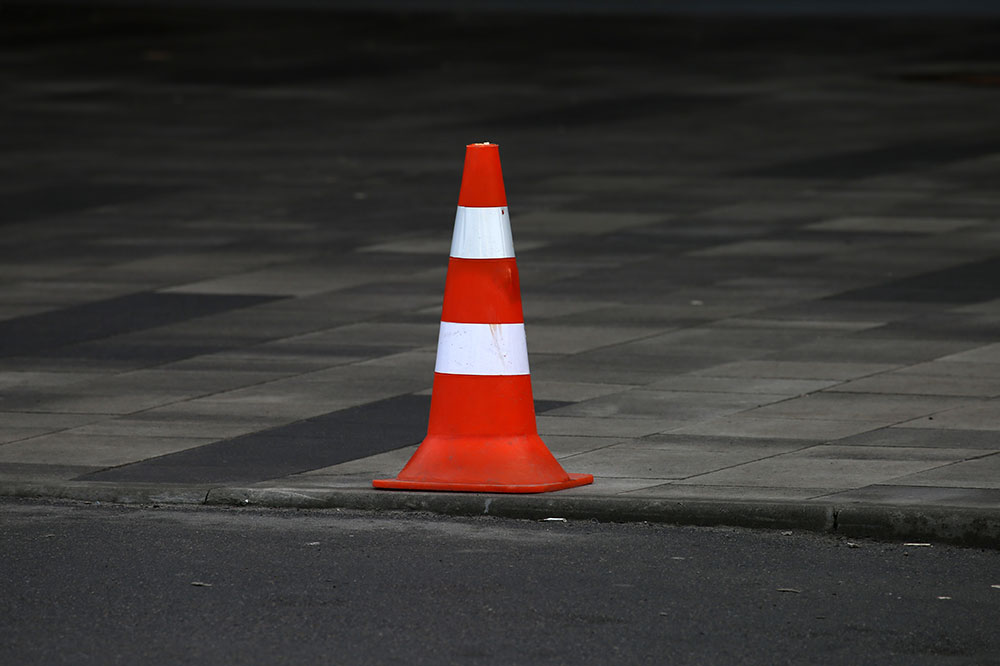Traffic cones – Uses and different colors
Traffic cones are tools used to guide oncoming road traffic. They are coated with different reflective colors so that they are easily visible to drivers and pedestrians. Besides, they are made of shock-absorbing plastic to prevent any damage by vehicles. This article discusses the uses of traffic cones and their different colors.
When are traffic cones used?
When the working conditions of a road or highway change, traffic cones are placed in a proper arrangement to guide the traffic in the right direction. Such areas are called temporary traffic control (TTC) zones. Some examples of the areas are:
- Incident zones
If a traffic incident like an accident or a hold-up occurs, authorized officers place traffic cones so that vehicles can avoid this area and go on their routes without blocking the way.

Traffic cones are used to segregate vehicle lanes, such as separating the pedestrians from the cyclists. This allows for a smooth flow of traffic.
As the name suggests, if there is any maintenance, construction, or related work in progress, reflective traffic cones indicate this.
If any particular road is blocked for vehicles for a festival or occasion, officers place traffic cones in the way.
Traffic cone colors and their significance
The Federal Highway Administration (FHWA) decides the color, luster, and dimensions of traffic cones. The color you notice on most of these cones is orange.
You might also notice fluorescent yellow-green traffic cones instead of the usual orange. These yellow-green cones generally indicate an increase in the number of pedestrians at any time of the day. These reflective traffic cones are mostly placed near playgrounds, schools, and other such places. You will also notice them in construction sites and areas where people work in proximity to huge vehicles.
The other colors you can see on traffic cones include blue, yellow, white, black, red, pink, and purple. Each of these colors serves a specific purpose, and you should not use them for any other reason. The size of the reflective traffic cones also changes depending on the type of road it is used on.
